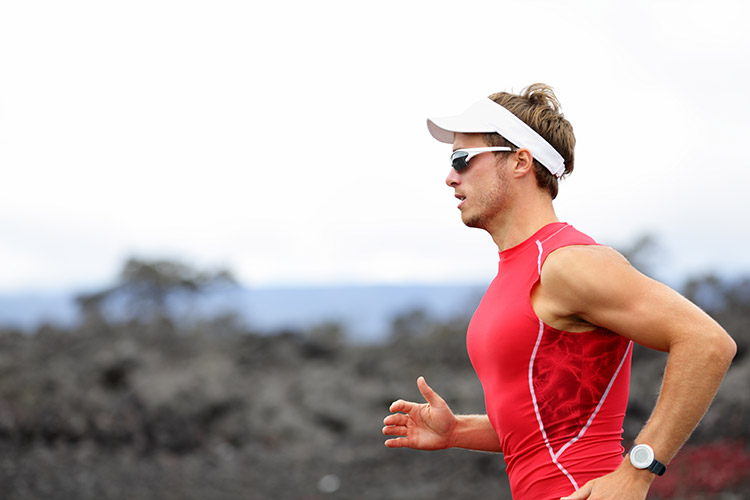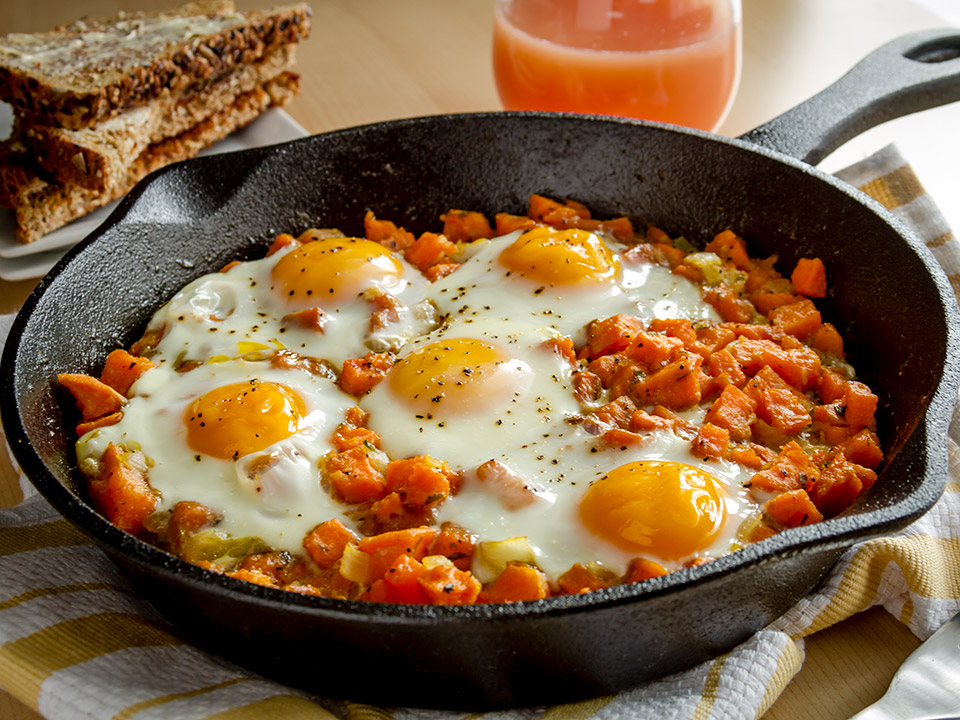Fueling Your Triathlon: Optimize Performance with These Essential Foods
Triathlon is an incredibly demanding sport that requires endurance, strength, and focus. To perform at your best during training and races, it’s essential to fuel your body with the right nutrition. Your diet can significantly impact your performance and recovery, making it crucial to have a balanced and well-planned triathlon diet. With the right foods and preparation, you can enhance your energy levels, speed, and endurance. But, how do you know what to eat before a race? How do you prepare your body for the competition? In this article, we’ll explore the importance of nutrition in triathlon and provide tips on what to eat before the race and how to prepare for it.
What to eat BEFORE the Triathlon
Nutrition is an essential part of any athlete’s preparation, especially for those taking part in triathlons. The right pre-race meal is essential to ensure the body is fueled and ready for the physical demands of the event. It is important to avoid high-fat foods, spicy dishes, and high-fiber foods that can cause gastrointestinal issues. Similarly, alcohol, caffeine, and carbonated sodas should also be avoided. Ensure the portion size is appropriate to avoid feeling too full or weighed down during the race. A good balance diet of protein, carbohydrates, and healthy fats is recommended, with some examples including oatmeal with almond butter and fruit, eggs with whole-grain toast and avocado, or a smoothie with Greek yogurt and berries. Overall, it is essential to listen to your body and personalize your nutrition plan to meet your individual needs.
So given all that info – what should you actually eat? Here are some examples of carb-rich meals for the night before a race that have worked well for athletes.
- Pasta with red sauce, zucchini, and lean beef
- Quinoa or rice bowl with grilled chicken, roasted sweet potato, chopped tomatoes, and avocado
- Short stack of pancakes, fruit salad, and a hardboiled egg
- Stir fry with chicken/tofu/shrimp, veggies, and rice
- Roasted salmon over rice with zucchini
- Turkey burger on a bun, cucumber salad, and roasted potatoes
- Sweet potato hash with eggs
What to eat DURING the race
However you decide to fuel (and get enough energy) race foods need to include fast-release carbohydrates that will deliver energy to your muscles quickly. In a triathlon, this can be in the form of energy drinks, energy gels, sweets, dried fruit, energy bars, a bagel, flapjacks and even sandwiches that you can have in a specially designed zip-up food bags
What to eat AFTER the race
After completing a triathlon, it is important to replenish the body with the right nutrients. Carbohydrates and protein are the two main components to focus on. Consuming carbohydrates will replenish glycogen stores that were depleted during the competition, while protein will help repair and rebuild muscles that may have been damaged. Foods such as pasta, rice, bread, quinoa, and sweet potatoes are good sources of carbohydrates, while lean meats, fish, eggs, and tofu are good sources of protein. It is also important to rehydrate by drinking plenty of water and electrolyte-containing drinks to replace fluids lost during the event. A balanced meal should be consumed within 30 minutes to an hour after the race to aid in recovery and reduce the risk of muscle soreness.

Stretching tips after the race
Think you can get away with skipping your stretches after a run? Think again. Stretching post-workout can prevent both muscle soreness and injury, plus good flexibility can help you run better and faster.
Quadriceps stretch
- Place your hand on a wall or the back of a sturdy chair for balance.
- Bending your knee, bring your foot into your hand and point your knee straight down toward the floor.
- Stand tall and pull your heel toward your buttocks.
- To get more from the stretch, press your hips forward slightly.
- Hold for 30 to 45 seconds, then release your foot and repeat on the other leg.
Calf stretch
- Place your hand on a wall or the back of a sturdy chair for support.
- Step one foot back so your feet are staggered.
- Keep both feet flat on the floor, bend your knees and drive your hips forward until you feel a stretch in your rear calf muscle.
- Hold for 30 to 45 seconds, then repeat on the other leg.
Hamstrings stretch
- Lie on your back with knees bent.
- Carefully raise one leg into the air, keeping it as straight as you can.
- Engage the front of your leg as you reach up toward the raised leg. Walk your hands up your leg as high as you can.
- Keeping your leg straight, gently pull it back toward you.
- Hold for 30 to 45 seconds, then return to start and switch legs.
Conclusion
In conclusion, getting ready for a triathlon takes a lot of dedication and hard work. It is important to focus on all three components of the race – swimming, biking, and running – and build up endurance in each area. Developing a training plan, including strength training and cross-training, can help improve overall fitness and prevent injury. Proper nutrition and hydration are also essential for performing at optimal levels. In addition, taking care of one’s mental and emotional health is equally important, as triathlons can be physically and mentally exhausting. Finally, it is important to remember that everyone’s journey to the triathlon finish line is unique and personal. By setting achievable goals and persevering through the challenges, anyone can successfully complete a triathlon.

